This article shares some common types of calcite and their crystal forms.
Calcite is a carbonate rock mineral, primarily composed of calcium carbonate (CaCO₃). Its crystal structure is typically in the form of rhombohedra, and its cross section (cleavage) forms an oblique cube, which makes it relatively easy to identify in the wild.
Calcite has a wide range of geological settings and can appear in various forms, from granular to fibrous, stalactitic, or even in clusters of crystals. The color of calcite can vary widely, ranging from transparent and colorless to white, yellow, or even pink. This mineral is one of the most common and versatile minerals on Earth, and its unique properties make it an important component in a variety of industrial applications.
The main mineral in common limestone, marble, and stalactites is calcite, and its primary component is calcium carbonate.
Types and Occurrences of Calcite
Quartz Veins
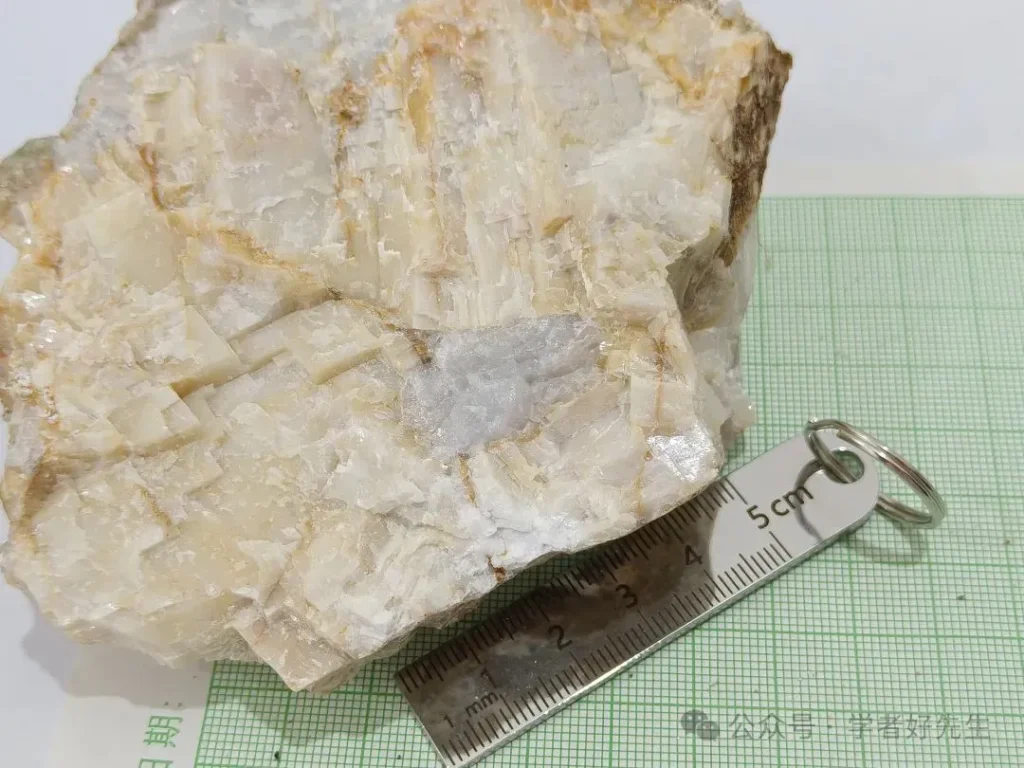
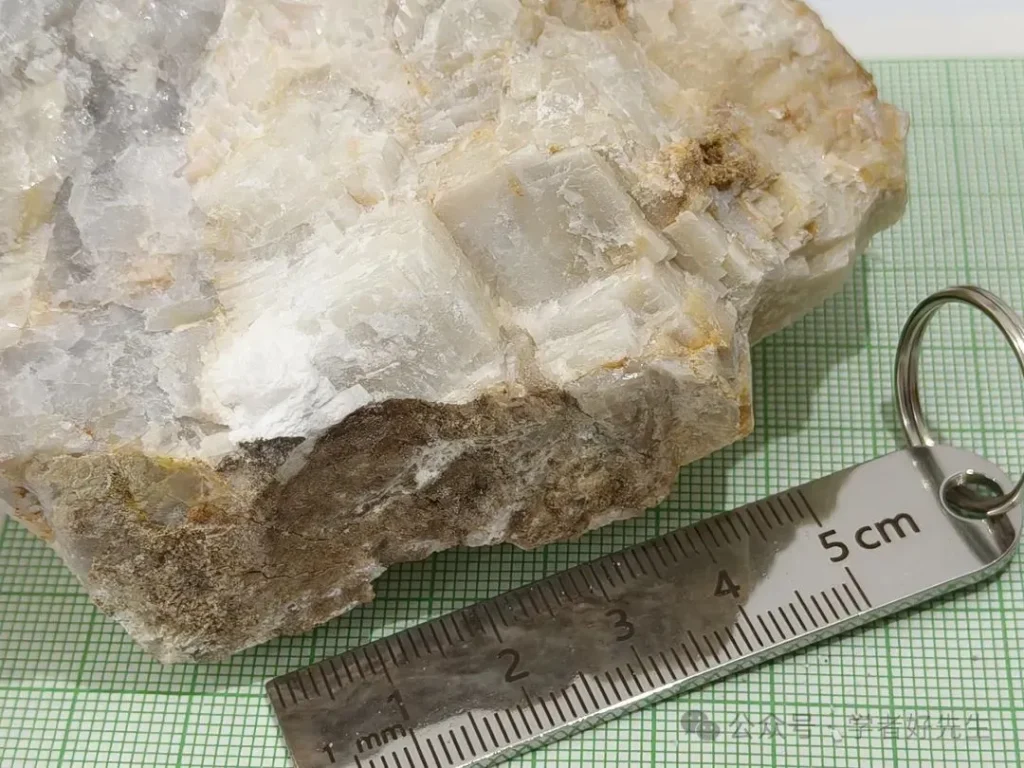

This group of calcite in quartz veins has a light yellow color, visible cubic cleavage planes, and coexisting with quartz.
Carbonate Crystal Caves

In certain cave systems, calcite crystals form in the presence of water, creating stunning formations such as stalactites and stalagmites. These milky-white crystals often apprear in carbonate crystal caves, where calcium carbonate-rich waters deposit calcite as they evaporate.Carbonate Crystal Caves – Milky calcite crystals
Skarn Formation
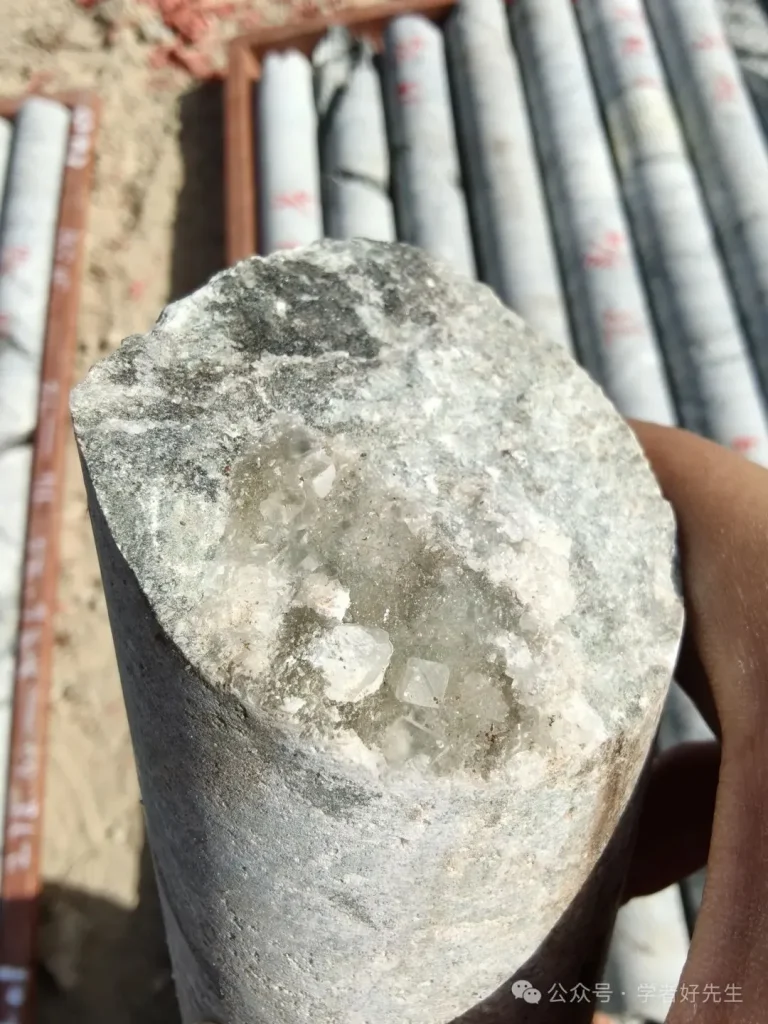
TProduced on skarn fissure surfaces, secondary carbonate rocks, where transparent crystals can be seen.
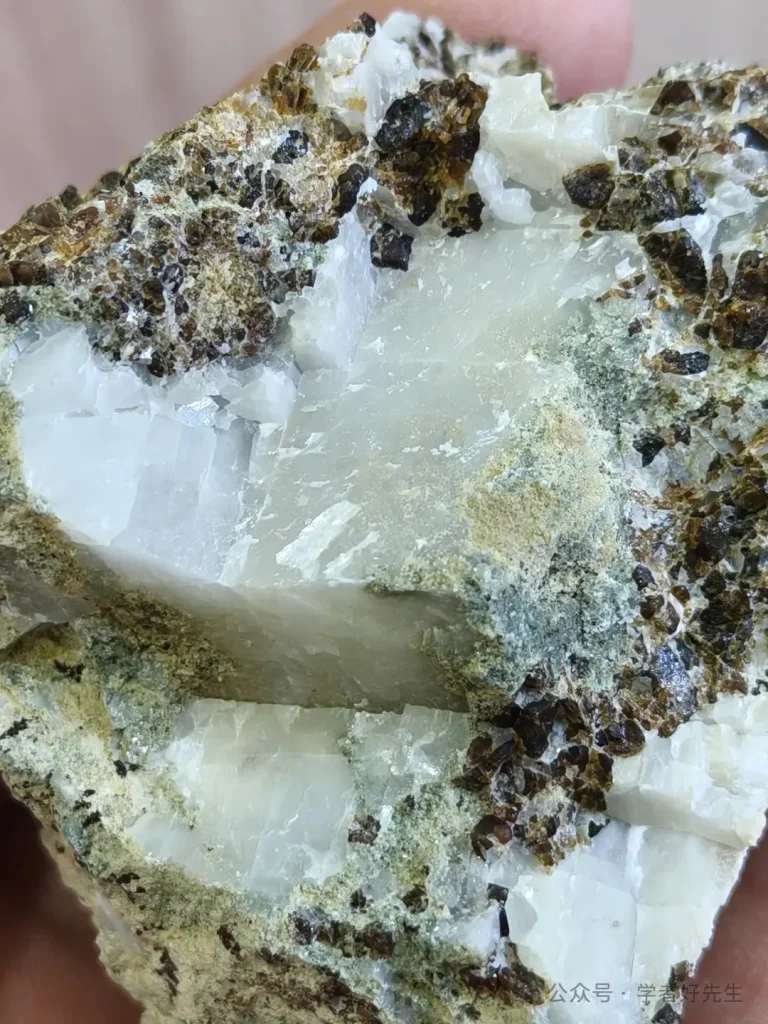
Produced in skarn, coexisting with garnet, and may be accompanied by epidote and diopside.
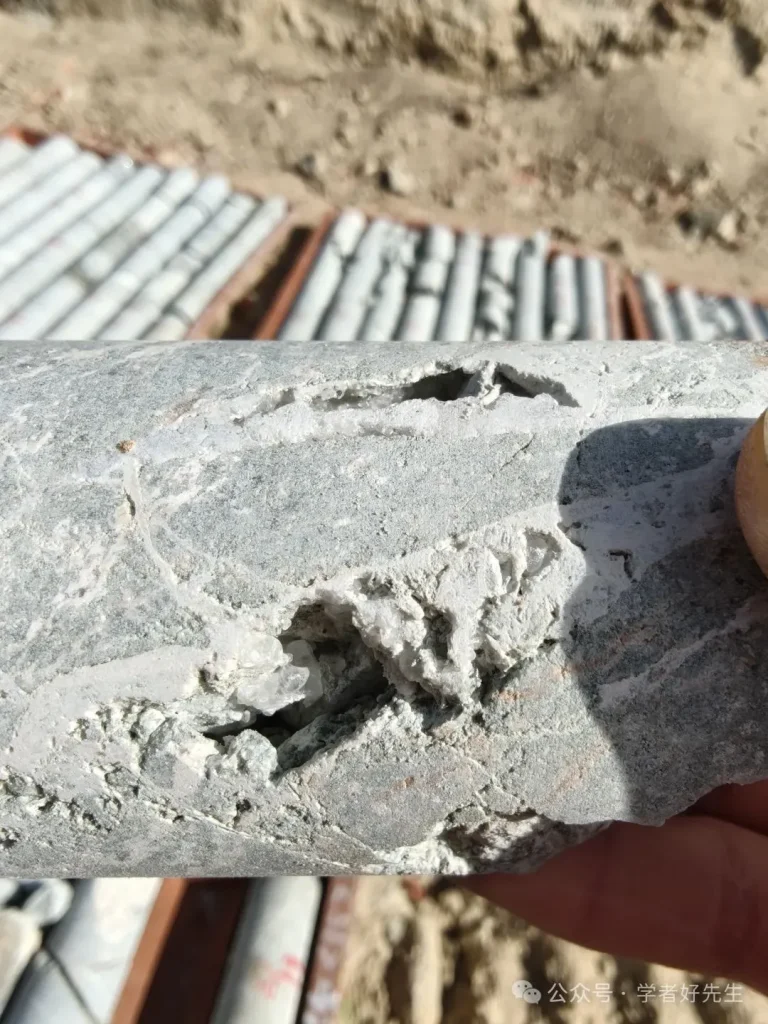
Produced in skarn fissure zones, white in color.
Biotite Quartz Schist Fissures
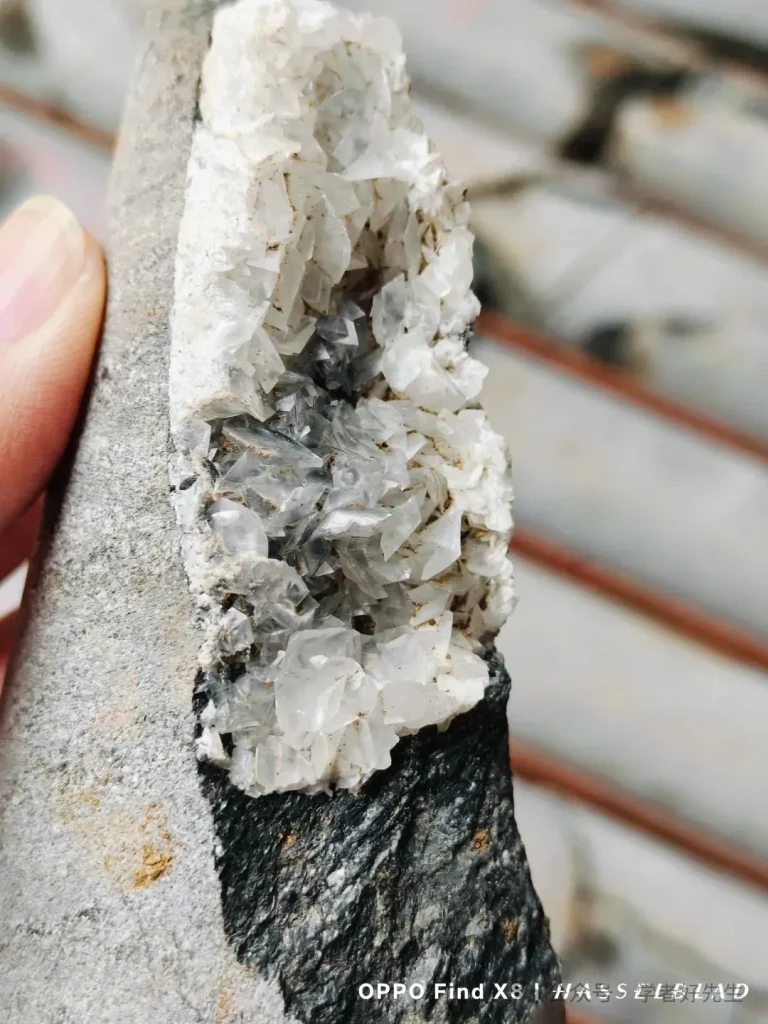
Calcite crystals are produced in biotite quartz schist fissures, ranging from transparent to white.
Industrial Uses of Calcite
Due to its abundance and versatility, calcite has numerous industrial applications. It is in the production of cement, as it is a key ingredient in limestone. Additionally, its use extends to the production of paint, plastic, rubber, and paper, where it acts as a filler or pigment. Calcite is also essential in the production of glass, where it serves as a fluxing agent that lowers the melting point of silica.
About Epic Powder
Thank you for reading this article about calcite and their crystal forms. Epic Powder Machinery specializes in the development and manufacturing of jet mills and powder processing solutions. Please feel free to contact us for more information.